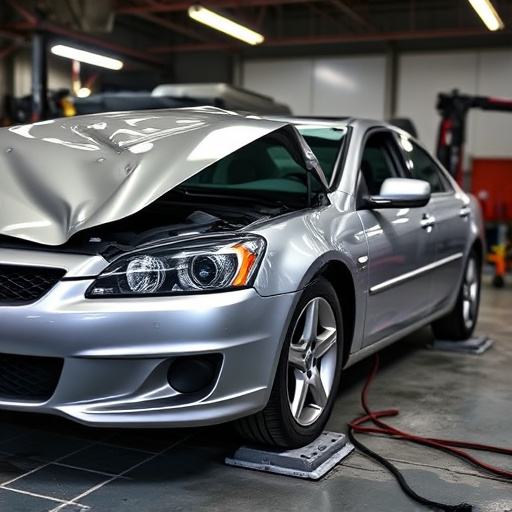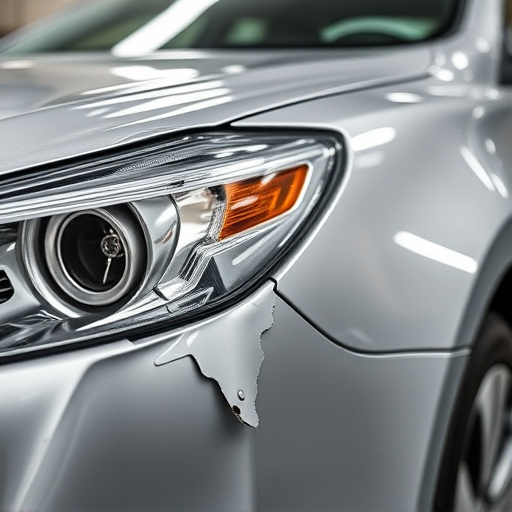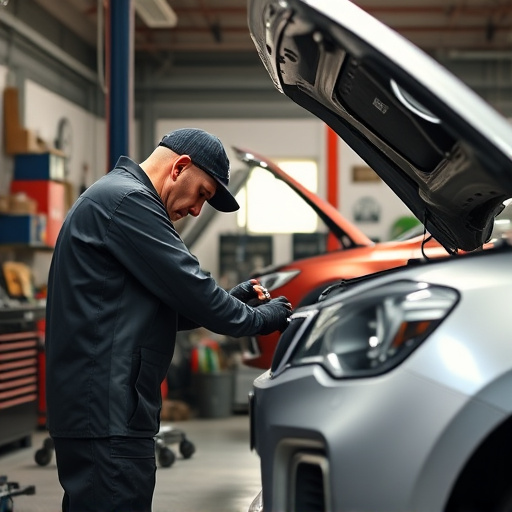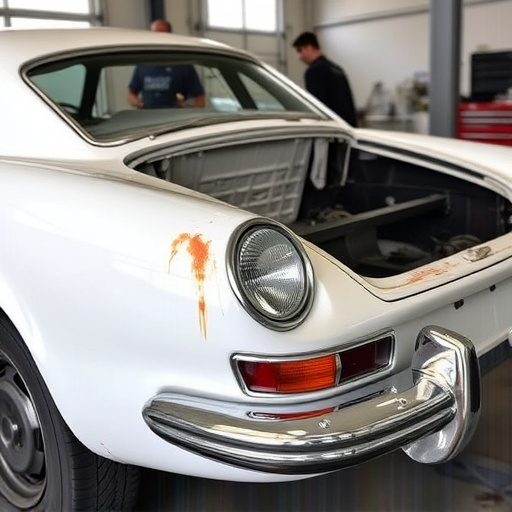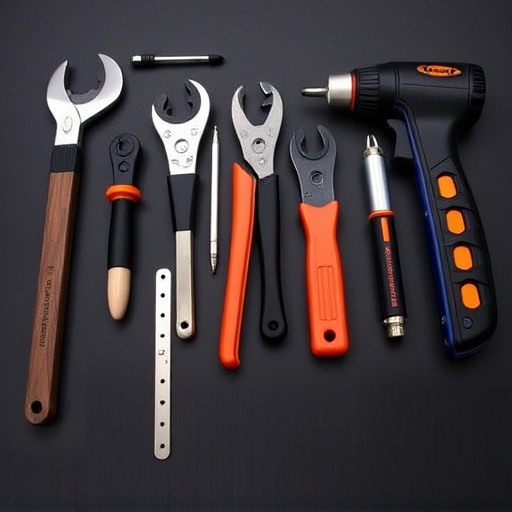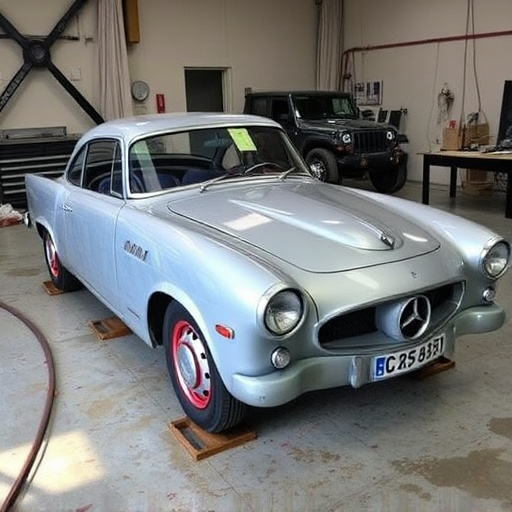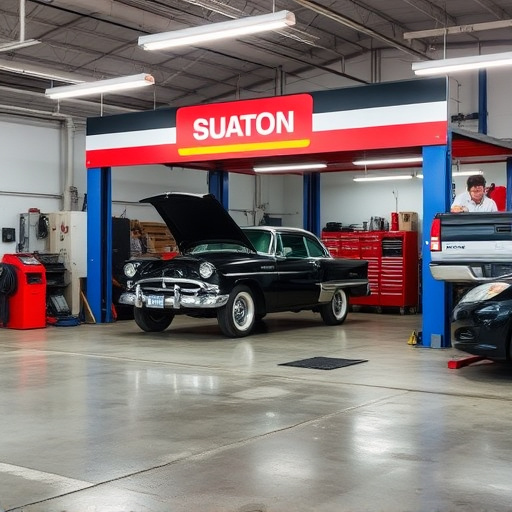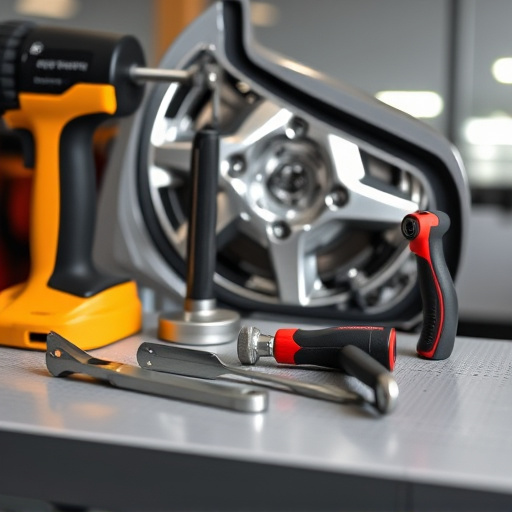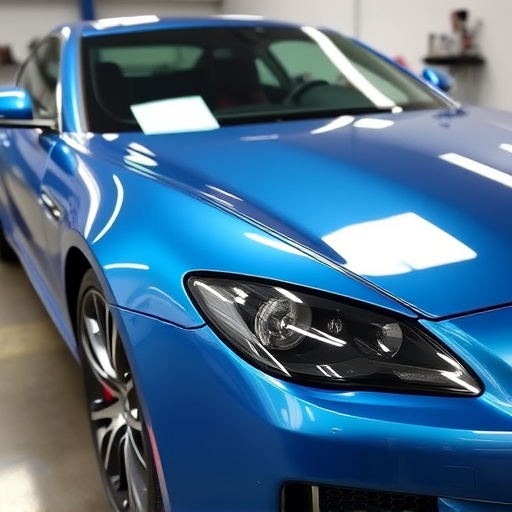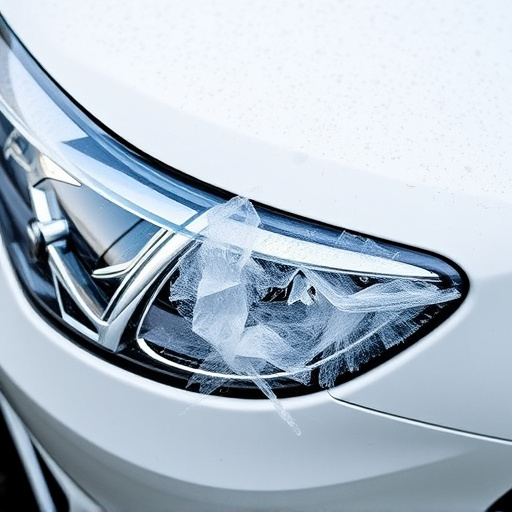Panel beating, an ancient art, is a specialized Mercedes-Benz collision repair technique using traditional tools for meticulous metal craftsmanship. Modern auto body repair offers faster, efficient methods with advanced tools and high-quality parts, prioritizing structural integrity, durability, and safety. For minor damages, panel beating is ideal; however, complex repairs may require replacement parts and specialized equipment. Cost, budget, environmental impact, and facility availability should be considered when choosing between panel beating and car body replacement.
“Considering a fix for your damaged car body? Delve into the age-old art of panel beating versus modern replacement techniques. While panel beating offers traditional craftsmanship and a unique, original touch, modern replacement methods boast precision, efficiency, and cost-effectiveness. This article explores these contrasting approaches, guiding you through the advantages and factors to help weigh your options. From understanding the intricacies of panel beating to discovering innovative replacement strategies, make an informed decision for your vehicle’s restoration.”
- Understanding Panel Beating: The Traditional Art
- Advantages of Modern Replacement Techniques
- Factors Influencing Your Decision: Weighing Options
Understanding Panel Beating: The Traditional Art
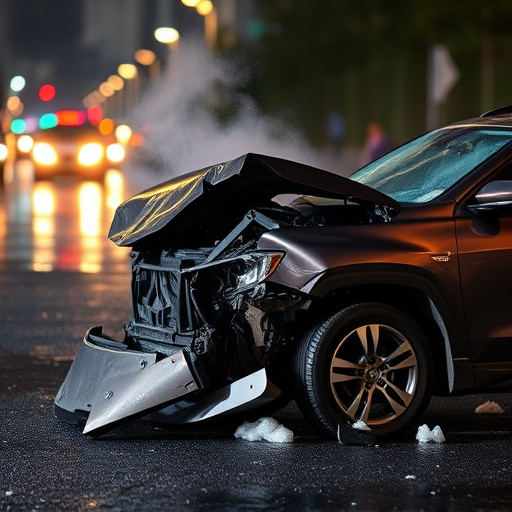
Panel beating, an art that’s been practiced for centuries, involves the skilled manipulation and shaping of metal to restore damaged vehicle bodies. It’s a traditional craft where experienced technicians use their hands, hammers, and an array of tools to reshape and realign car panels after collisions or other types of damage. This age-old method is deeply rooted in the auto body services industry and has long been a go-to approach for collision repair.
In the world of mercedes benz collision repair—or any vehicle’s auto body repairs, for that matter—panel beating offers a unique blend of artistry and precision. It’s not just about fixing dents; it’s an art form that ensures the vehicle retains its original aesthetics and structural integrity. The skill lies in matching the curve and contour of each panel seamlessly, resulting in a flawless finish that’s hard to distinguish from the original parts.
Advantages of Modern Replacement Techniques
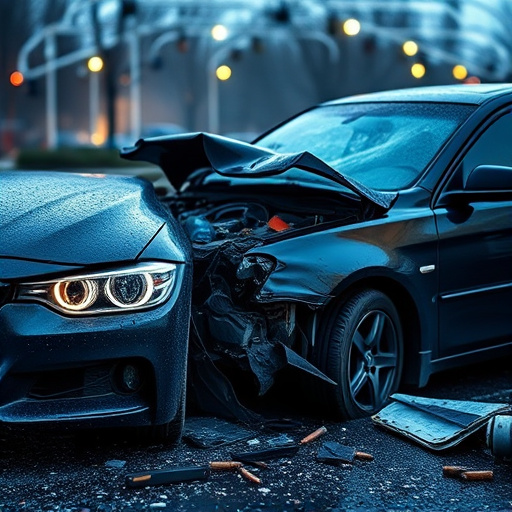
Modern replacement techniques for auto body repairs offer several advantages over traditional panel beating methods. One of the key benefits is speed and efficiency; with advanced technology, such as precision cutting and specialized tools, damaged panels can be replaced swiftly, minimizing downtime for vehicle owners. This is particularly advantageous in today’s fast-paced world where time is a valuable commodity.
Additionally, modern replacement techniques ensure superior quality and durability. Advanced materials and manufacturing processes result in high-quality, precise parts that perfectly match the original specifications. Unlike panel beating, which can lead to variations and potential structural weaknesses, these new methods maintain the integrity of the vehicle’s structure, enhancing safety and performance. Moreover, many auto body services now offer warranty coverage for replacement parts, providing peace of mind for customers.
Factors Influencing Your Decision: Weighing Options
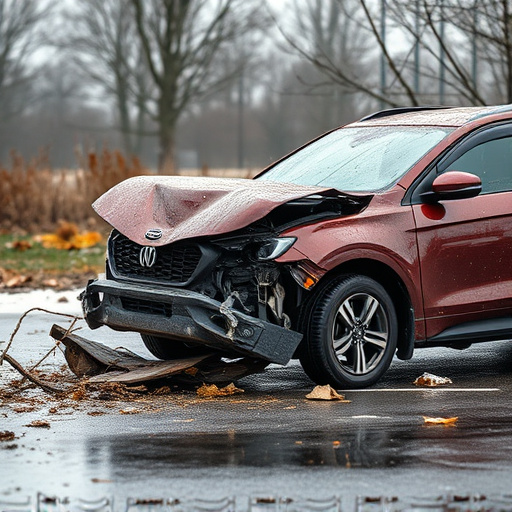
When deciding between panel beating and replacement for a damaged car body, several factors come into play. The extent of the damage from an accident, like a fender bender, significantly influences your choice. Minor dents and dings that don’t compromise structural integrity can often be effectively repaired through panel beating techniques. This process involves skilled technicians carefully reshaping and realigning the affected panels to their original form.
On the other hand, for more severe damage or complex repairs, replacement might be the better option. Auto body shops equipped with modern facilities and expertise can efficiently handle extensive repairs or complete car body restoration. They have access to high-quality parts and specialized equipment, ensuring a precise fit and long-lasting durability. Consider also the cost implications and your budget, as well as the environmental impact of disposing of old panels versus using recycled materials in replacement parts.
When deciding between panel beating and replacement, understanding the pros and cons of each method is key. Panel beating offers traditional craftsmanship but may be time-consuming and costly for extensive repairs. In contrast, modern replacement techniques provide efficient, cost-effective solutions with minimal disruption. Ultimately, the best choice depends on your vehicle’s damage, personal preferences, and budget. Embracing modern methods like computer-aided design (CAD) and precision cutting can lead to superior results, ensuring your car looks as good as new without the traditional panel beating process.

